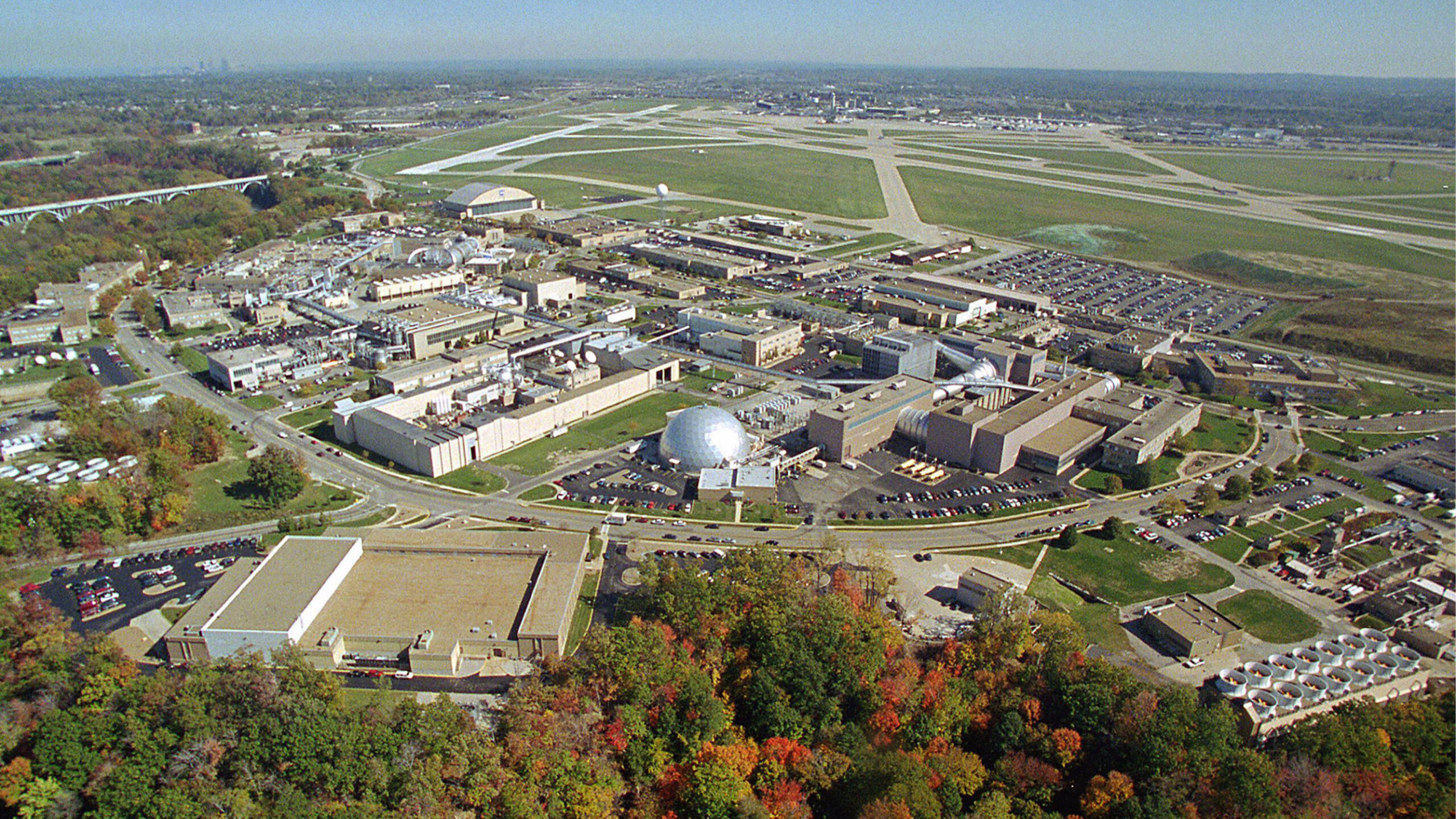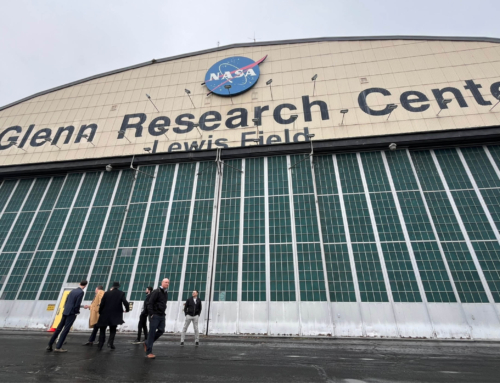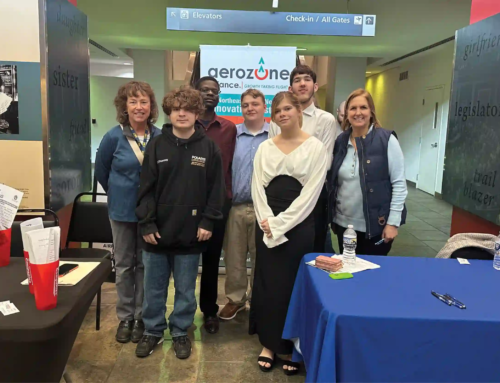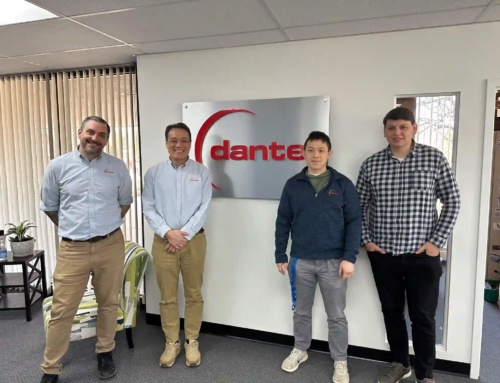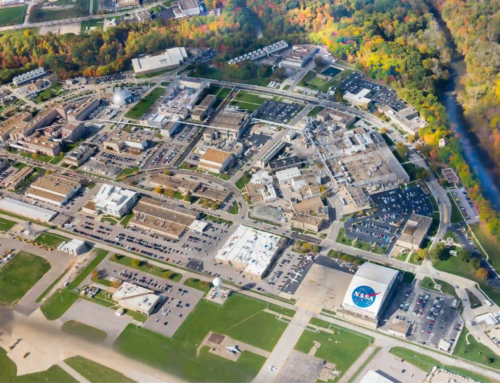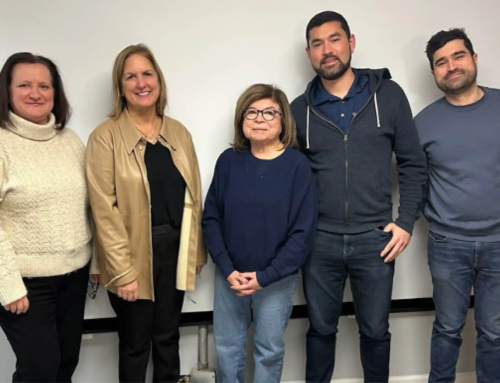Growing our Regional Space Economy
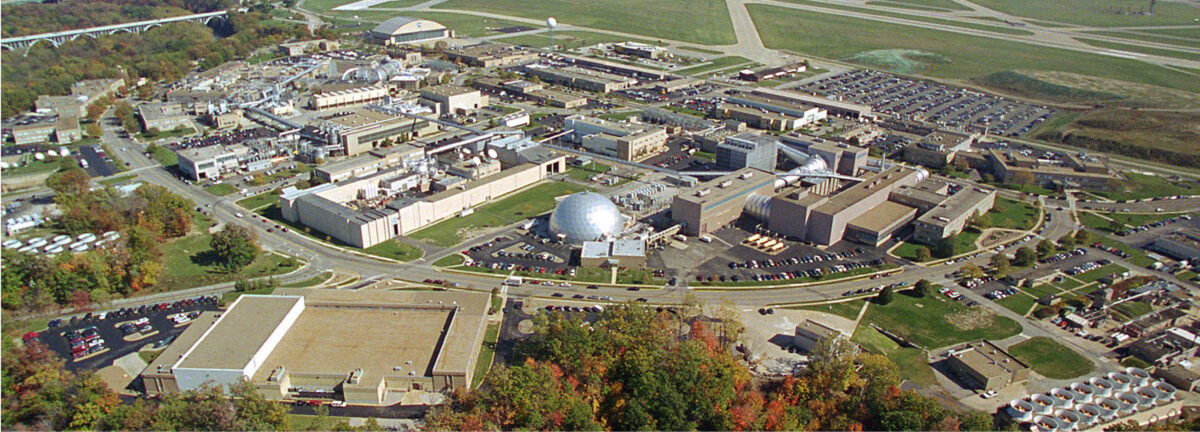
I wanted to take a moment to highlight the tremendous potential of NASA Glenn Research Center in advancing economic growth in our region as part of the space economy. There are only ten NASA Centers in the world, and we are fortunate to have one right here in Northeast Ohio. NASA Glenn is truly an asset unlike any other, with its brilliant scientific minds, world-class test facilities, and repository of intellectual capital. These elements position Northeast Ohio perfectly to drive the aerospace industry forward and capitalize on the remarkable “aerospace multiplier” effect (the ability for local manufacturing, space and aviation businesses to leverage direct NASA business spend and develop intellectual capabilities, skills, and infrastructure here in Northeast Ohio. And then use this distinct capability to attract incremental business opportunities, investments, and jobs to our community).
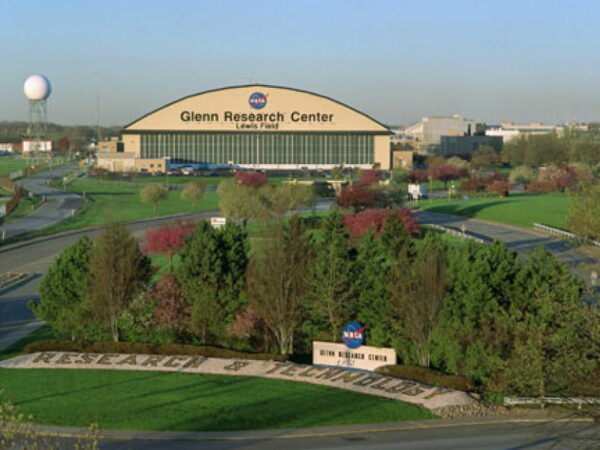
While it is true that NASA Glenn has not experienced the same level of private and commercial development outside its premises as other NASA centers, such as Kennedy Space Center or Marshall Space Flight Center, we have reasons to be optimistic. Programs like Moon to Mars and Artemis, combined with increased funding in the federal budget, indicate a long-term commitment to the NASA Glenn center. This commitment is the first step towards ensuring corresponding private economic development “outside the gate” of Glenn.
A recent article in Crain’s sheds light on the challenges we face and the potential solutions we can pursue. It is important to recognize that Glenn does not receive the same dedicated resources as Marshall Space Flight Center, which has a profound impact on the local economy. Nevertheless, Northeast Ohio, representing 40% of Ohio’s economy, possesses a diverse economic landscape and a wide range of industries that we can leverage.
One critical aspect to underscore is the significance of program management and procurement authority at NASA Glenn Research Center. This authority helps attract businesses to the region, because the businesses now will have a direct incentive to be near the procurement office. Proximity is sometimes essential for fostering relationships, securing contracts and enabling the desired aerospace multiplier effect. We need to strategically allocate Glenn’s budget to capture intellectual value at the private-sector level, as it is not solely about the budget increase but also the allocation and focus.
A shining example of the region’s effort in action is the budget allocation wish list put forth in a letter to President Biden by bipartisan Ohio congressional representatives in February. In addition to Senators Sherrod Brown and JD Vance, the letter was signed by all of Ohio’s congressional representatives, including our very own Congressman Max Miller and Congresswoman Shontel Brown.
Under the leadership of our Aerozone Alliance partners (Greater Cleveland Partnership, TeamNEO, JobsOhio, and Ohio Aerospace Institute), our Aerozone municipalities (Berea, Brook Park, Cleveland, Fairview Park, Middleburg Heights, North Olmsted, Rocky River, and Strongsville), and Cuyahoga County, we submitted a complementary letter to support this effort.
It is also important to acknowledge the challenges we face regarding private development outside our center. Glenn’s research often revolves around emerging and risky technologies that are not yet commercialized. Additionally, companies that utilize our testing facilities may only require short-term access and are often located nearby.
Nevertheless, there is undeniable strength in our region, and this can be elevated by maintaining a cohesive focus on the aerospace and aviation industry.

Through collaboration among elected officials, regional leaders, and efforts such as the visit with Congressman Max Miller, we can overcome these challenges and attain the desired growth.
As part of the Aerozone Alliance, we have been working tirelessly to secure additional funding and program authority for NASA Glenn. Our goal is to establish intentional spaces that can accommodate midsize headquarters, including office space, labs, and manufacturing facilities. The recent announcement by British startup Blue Abyss, planning to build a facility near Hopkins airport, serves as an inspiring model. We will strive to attract startups that can capitalize on Glenn’s work in deep-space communication, propulsion, aviation, advanced materials, and energy.
Finally, it is important to stress the importance of effectively positioning NASA Glenn and highlighting its role in the Northeast Ohio space economy. By doing so, we can attract further economic development to our area and position ourselves as an essential player in the journey of deep space exploration. With our unique assets, dedicated efforts, and collaborative mindset, we can drive the growth we aspire to achieve. Together, let us pave the path for Northeast Ohio’s success in the aerospace industry.
Sincerely,


